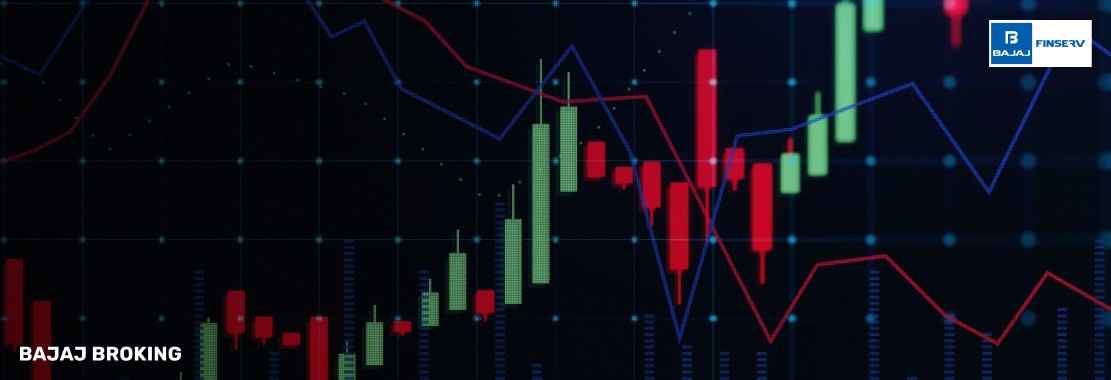The ascending triangle pattern is a widely recognised chart shape in technical analysis. It forms when prices create a flat resistance line at the top, while the lows continue to rise. This creates a triangle shape that slopes upward from the bottom.
This setup reflects market indecision. Buyers are getting more active, while sellers continue to hold a key level. The pattern shows growing demand and often signals a buildup before a price move.
Understanding this candlestick pattern helps traders study market behaviour. Buyers push prices higher, while sellers defend the same zone. This tension often ends with a breakout.
Learning to read a candlestick chart and spot such patterns can help traders plan their entries or exits. While it doesn't guarantee price direction, the ascending triangle pattern offers useful clues during market consolidation.
What is the Ascending Triangle Pattern?
The ascending triangle pattern is a chart pattern that forms during trends or sideways phases. It shows a flat resistance level, tested several times, while each subsequent low becomes higher. These points connect to form a triangle with an upward base.
This candlestick pattern suggests growing buying interest. As the price continues to test the top level, the range narrows, indicating pressure buildup.
Often, traders expect a breakout when the price moves above the flat line. Volume usually increases during this move. Still, it’s important to wait for confirmation.
Understanding what the ascending triangle pattern helps traders assess market momentum. Early recognition can help manage trades better, especially around breakout points.
Features of Ascending Triangle Pattern
The ascending triangle pattern has clear features that make it easy to spot in a candlestick chart.
Key Features Include:
Flat Resistance Line: Price keeps testing the same top level, forming a straight line.
Rising Support Line: Buyers are active at higher levels, forming a rising base.
Converging Trendlines: Support and resistance lines come closer, forming a triangle.
Volume Behaviour: Volume may fall during formation and rise near breakout.
Duration: It can last from a few weeks to months.
Breakout Point: This often occurs when the price closes above a resistance level with increased volume.
These features help in identifying the ascending triangle pattern and reading future price action.
What Insights Can We Gain from the Ascending Chart Pattern?
The ascending triangle pattern provides insight into how buyers and sellers behave. Buyers are steadily raising their bids, while sellers hold the same top line.
This shows a market that is coiling up, waiting for a move. The longer the pattern holds, the greater the potential pressure near the resistance level.
This candlestick pattern can indicate a potential breakout, but traders must also monitor the volume. A strong breakout is often backed by high volume.
Knowing how to read a candlestick chart allows traders to spot this pattern early. It helps in setting levels for entry and exit, without relying on market direction guesses.
How Can Traders Benefit from This Pattern?
The ascending triangle pattern can help traders add structure to their strategies. While no chart guarantees a result, this pattern offers clear visuals for planning.
Benefits:
Entry Planning: Traders look for breakouts above resistance to enter trades.
Stop-Loss Placement: Stops are placed just below the last higher low.
Target Setting: Targets are set by adding the triangle's height to the breakout.
Improved Timing: Watching volume helps confirm or avoid false breakouts.
Structure Recognition: The pattern supports clear thinking in uncertain phases.
Pros and Cons of the Ascending Triangle Chart Pattern
Aspect
| Pros of Ascending Triangle
| Cons of Ascending Triangle
|
Clarity
| Easy to identify among candlestick patterns
| Can cause false signals without volume confirmation
|
Direction
| Often signals trend continuation if a breakout happens
| May be misleading in low-volume or volatile markets
|
Strategy Use
| Helps set clear levels for entry, stop-loss, and targets
| Needs support from other tools to increase reliability
|
Application
| Works on different timeframes: intraday to long term
| Breakout may fail if the market lacks momentum
|
Visual Cue
| Great for learning how to read a candlestick chart
| Long formations may lead to indecision or delayed breakouts
|
Though helpful, the ascending triangle pattern should be used with caution and always confirmed with additional signals.
Conclusion
The ascending triangle pattern is a clear and structured setup that indicates how buyers are gaining ground. It combines rising demand with fixed resistance, often leading to breakouts.
While it often appears in uptrends, this candlestick pattern is also visible during sideways phases. It helps traders spot potential breakout zones and plan levels clearly.
But like all tools, it’s not foolproof. Volume confirmation is key. Using it in conjunction with other indicators enhances the likelihood of making informed trading decisions.
Learning to read a candlestick chart and understanding the ascending triangle pattern adds a practical edge to any trader’s analysis toolkit.




